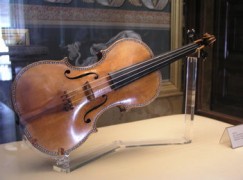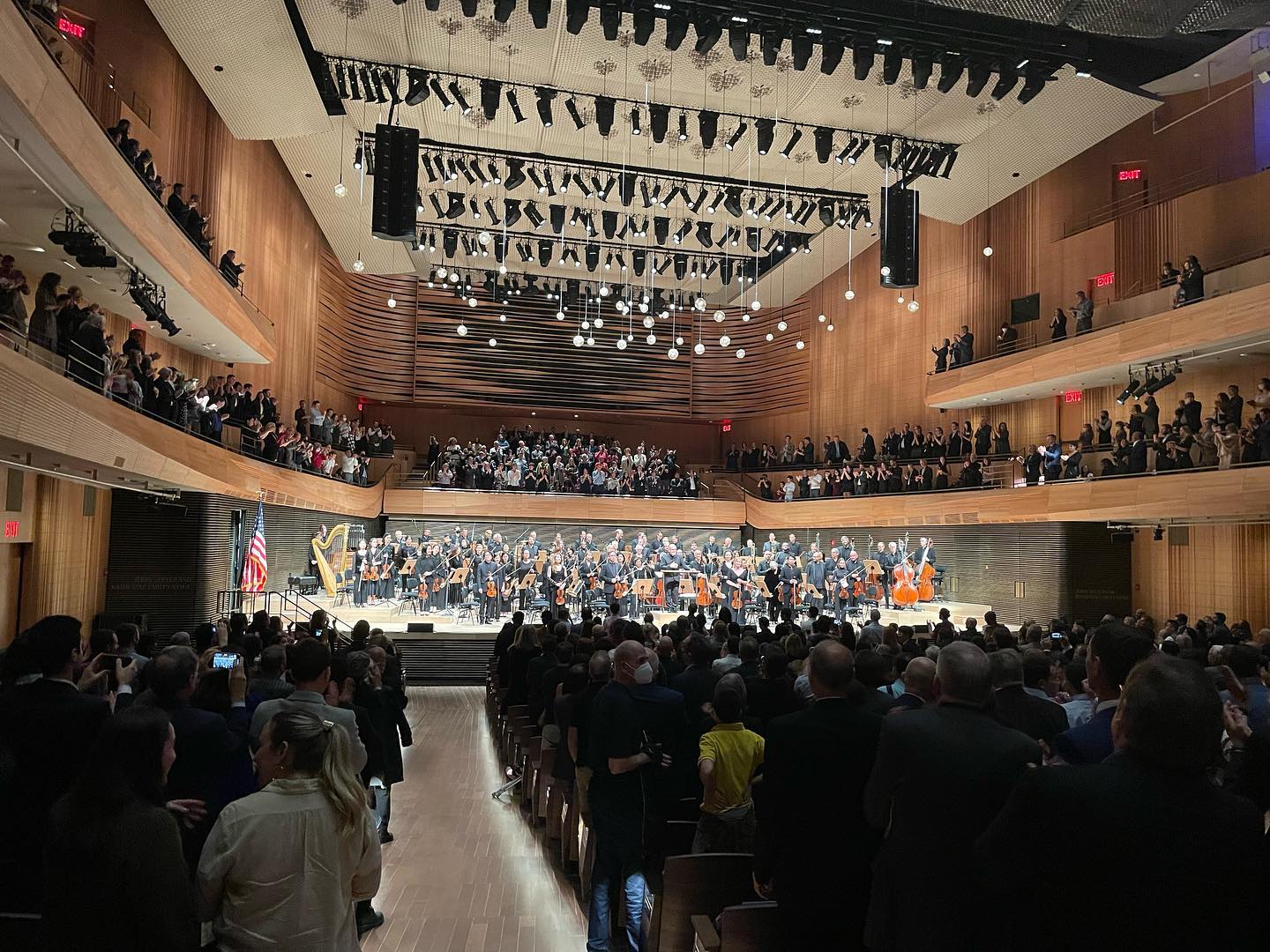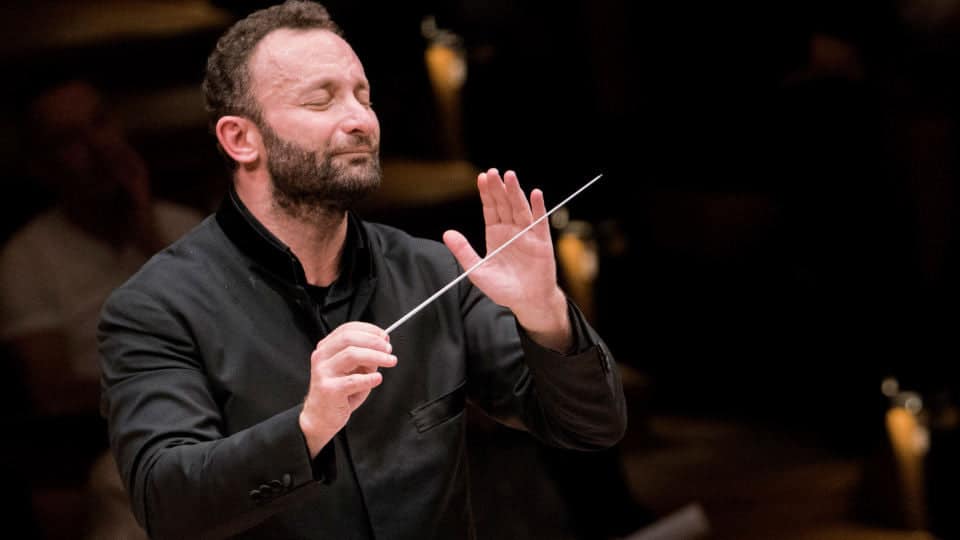‘Chemicals created the Stradivari sound’
NewsA Texas professor is claiming that the Stradivarius and Guarnerius used chemicals to create their unique sound.
Joseph Nagyvary, professor emeritus of biochemistry at Texas A&M, says: ‘All of my research over many years has been based on the assumption that the wood of the great masters underwent an aggressive chemical treatment, and this had a direct role in creating the great sound of the Stradivari and the Guarneri.’
Now a team led by Hwan-Ching Tai, professor of chemistry at National Taiwan University, has published an article in Angewandte Chemie International Edition showing that borax, zinc, copper and alum were used in the treatment of wood for Cremona instruments.






This is not new information. We’ve heard it before, many years ago.
I remember reading something about pre-treatment of the wood before varnishing with a cockroach shell soup, which was supposedly something like organic polyurethane. Also, the blocks of wood (logs?) were floated down rivers to the Mediterranean and kept floating there for years until sold, so helpfully aquired trace element deposits in their pores. I believe a violinist named (?) Elizabeth Matesky recorded on violins made according to those methods? In the ‘70’s? Could we hear frim Dr Nagyvary or Ms. Matesky?
As from ~ Elisabeth Matesky ~
Just informed about recent discussion w/comments regarding modern violin/
biochemist maker, Prof Nagyvary, of the
US, it was mentioned those on the subject
would like to hear from Dr. Nagyvary and/or
myself. Apologies for the delay as one was
indisposed & I will try to clarify what I know
of regarding Dr. Nagyvary’s Violins, or those
I am personally & professionally familiar with. Dr. Nagyvary has been doing extensive
research in to the specific processes which are said to be involved re treatment of given
wood which grew in forests in and around Cremona in Centuries past in which major Artisan Genius violin craftsmen lived & worked including the Amati’s; Guarneri Families and Antonio Stradivarius, all of whom are globally admired as Greatest Violin makers throughout violin making history … Many have tried to recreate the unique Sound & gloried beauty of finest Violin Art & Artistry exemplified in Violins of Amati, Guarnerius {Andres, Joseph & Joseph del Gesu, in particular} & Legend Antonio Stradivarius since the violins of each have attracted the greatest violinists world wide trying to afford these precious rare instruments and/or hoping sponsor’s would purchase one for flourishing violinists. It became noticeable for concertising violinists to list the violin each owned or played adding an aura of lustre to named solo violinist and in known cases, i.e., Jascha Heifetz, {famed Guarneri del Gesu owner/player*} now worth a yet to be named $USD price now titled * ‘the Heifetz Guarnerius del Gesu’, willed to a Museum in CA. Similarly, my late great friend & private mentor, Nathan Milstein, was the owner/player of his 1716 Stradivarius which again took on the Great Violinist’s name upon Mr. Milstein’s 21.12.’92 passing ~ In both ‘cases’ these 2 reigning Greatest of All Time Violinists did have personally named violins & in Mr. Milstein’s acquisition of his Strad named it in honour of his female family members. {I don’t know if my 1st mentor, Jascha Heifetz, selected a personal family name for his renowned Guarnerius del Gesu, aka, the Heifetz Guarneri del Gesu, {as previously mentioned.}
The artistic glamour of a said artist has become linked to the violin he/she plays in many musical circles and as more violinists have advanced in to the realms of chamber music artists, the lesser concert fees for most make it very difficult to sport a Strad or ‘del Gesu’ in the 20th & 21st Centuries which has brought greater focus to contemporary violin makers in the past 75 plus years.
One such maker, & a fine Professor of Bio Chemistry, Dr. Nagyvary, began his journey toward crafting a violin which he wished to sound very similarly to the sounds attached to Stradivarius and Guarnerius, yet my association with Dr. Nagyvary has been in regard to his quest over many decades to create Strad sounding violins which are youthful and very inexpensive, relatively speaking! I had the occasion to meet Dr Nagyvary in the 1980’s at a Violin Recital I was engaged to give in a beautiful Chicago historic building with fabled acoustics, learning Nagyvary would be attending my recital and would I play one of his violins in the concert? It was such an unusual request I said Yes and impromptu did so by involving our audience in a Play 3 Nagyvary’s in the same piece then applaude after each one to show which is the ‘best’, second ‘best’ & third ‘best’, for all to discern and partake in! This experiment surprised my Viennese pianist & myself which seemed to take on a life of its own, engaging the full house audience in a sort of “Nagyvary Violin’s Best of Three Jeopardy’!! Some US National Media were in attendance filming or photographing this After Classical Programme Edition, which later appeared in a respected US Scientific Magazine, “Science 84” with a photograph of yours truly playing in our concert and text by those who attended from a scientific view of science re Nagyvary experiments re wood & porus wood treatments applied to the wood Nagyvary used to recreate a ‘same’ sort of wood which would resonate similarly to that of the wood used by Stradivarius and to coin a phrase, ‘quite rapidly via Fed Ex’ Speed.
Able to observe the time frame of one Nagyvary Violin known to me & used as a p.t. Second Fiddle, I can honestly say the instrument has opened up with consistent playing and attention to its care with deep resonate G & D strings and deliberately softened A & E strings by yours truly, a veteran violinist with a touch of dolce coaxing ~
Not a violin luthier, {far from it}, I deferred on a US National TV Programme, interviewed by Diane Sawyer, to declare a Nagyvary equal to a Stradivari violin on Live television after just an hour & a half acquaintance and with a new Nagyvary in the 1980s starting its playing life needing TLC playing & encouragement from myself and any other player … It might be closer to a purer lush sound today {May 27, 2022} yet I would need to play a fine Strad back to back for awhile to really gain a perspective from under my own ear. Mr. Milstein often asked I play his Strad so he ‘could hear my violin away from my own ear!’ Of course, one was flattered each time Mr. Milstein asked and one had to be in finest concert form to do so= Concert shape twice weekly for up to 4 & 1/2 hours each ‘tutorial’ and more if one had major concerts approaching! Once completed, I would carefully place Mr. Milstein’s Stradivarius back in his Godly hands & request hearing him offer a special something which he always did with joy!!
I do think Nathan Milstein had a sixth plus seventh instinct for Violins and might have found a Nagyvary ‘played in’ of curious interest! On a personal note, Mr. Milstein accepted a glorious Porggy Violin from its Maker, loving the Violin & inviting me to play it a few times. It was beautiful and lusciously resonate … We should give newer makers a chance vs a first time stuffy nose!
Thank you to Lindsey Groves for inviting me!
Yours musically ~ Elisabeth Matesky {ref}
https://www.facebook.com/elisabeth.anne.775?fref=nf
You are correct, sir. I did a feature on this guy for the LA Times in 1986: https://www.latimes.com/archives/la-xpm-1986-10-26-ca-7346-story.html
Here we are again on the “magic-stradi-guarnari” sound.
The good professor has yet to provide scientific evidence of the truth of his assumption: that, scientifically speaking, Strads and Guaneriuses indeed have a unique sound compared to all other violins!
As a scientist you can’t just assume the the truth of something (entirely subjective) unproven (scientifically) that serves as the basis of your research.
Yes, a scientist can assume something. It’s called a hypothesis, a specific proposition they can then test the truth of.
In fairness to chet’s comment, I believe you may misunderstand. The professor’s research was based on a hypothesis that the unique sound of those two violins was caused by chemical treatments. Yes that is a fair hypothesis to test. I believe chet is saying that the very premise, i.e. that those violins actually do have a unique sound, is itself a presumption that would need to be validated beyond a mere subjective level. Seems a fair point to me.
Exactly and the violins he made don’t sound like strads but just like modern instruments found everywhere.
Smoke and mirrors for the know nothings impressed by magic
Esoteric stuff.
Where it gets unscientific:
It has never been proven, that Stradivarius or Guarneri instruments are superior in sound. Sic!
Yet undoubtedly they are some of the finest instruments.
The „secret“ might be simple: Both makers were crafting violins at higher standards, lower tolerances, better craftmanship, than their average competitors.
So simply more of their instruments found high profile buyers, and they also lived longer due to their high quality, and due to their elite owners taking best care of them.
The wood used at the time was denser too, due to „the little ice age“ preceding its harvest.
Finding traces of certain chemical elements in the wood proves nothing, regarding its effect on sound.
summa summarum: The dear professor emeritus has not even bothered to give us a full hypothesis. Only an “assumption”. After all we know(!), not believe, Occam’s Razor leads to the much simpler hypothesis: Not traces of fairy dust or Butterfly-Cockroach varnish created the unique sound.
It was simply the craftsmanship of violin makers who were better than their competitors and created instruments who were better back then, and building on that pedigree lived longer in good hands.
Combine that with the better, more dense wood of the time, grown in the “little ice age”, and you have your Strad and Guarneri phenomenon.
There are also Strads and Guarneirs which don’t sound that good at all. And would loose against a great modern violin in a double blind test.
Tamino…..I make violins and read most of these articles.I think that most of what you say is correct…but careful scientific analysis has proven that some of these chemicals can be found in the wood.But yes, this doesn’t mean that it contributed to the sound…more likely it was done as a defence against borer or wood-worm etc as the wood seasoned.
Readers should compare the results of the ‘double blind’ tests conducted in recent years where listeners and players assessed instruments without knowing what was being played.Results were very revealing.However no-one doubts that the both of them produced great instruments.But casual readers need to know that not all Strads are great sounding!They vary quite a bit!
Which chemicals are responsible for some Strads that don’t sound all that great?
I expect the less than stellar sound now depends more on how the instrument has been handled in the centuries since it was crafted.
The third paragraph should have been the led. That’s the most recent information. It’s also the most boring. I heard about the Texas professor’s research for decades, and I don’t pay particular attention to such wood, rather dalbergia melanoxylon and arundo donax.
Not true. Why do people keep posting this?
Prof. Nagyvary has made or assembled many instruments using his various theories. Despite somewhat inflated prices, they are not better sounding than other contemporary instruments.
I think this chemical stuff has been asserted before. It’s odd that this was something practiced by so many in that place and time (i.e. not a secret of one person) and yet no one every wrote about it.
But whenever I hear someone claiming to have found the secret of the Stradivaris I recall Itzhak Perlman’s comment that these instruments were not regarded as extraordinarily special until after the modifications of the late 18th-early 19th centuries got performed on them.
So, somehow, Stradivari was implementing a process for treating wood to get a result on instruments he wasn’t making and wasn’t hearing.
This is years old, before that there were also other articles reporting similar types of analysis
Sounds plausible. Not the workmanship, then?
Yes this is a re-hash, and it was a re-hash when it was “news.”
I do recall an interesting article — of course I can no longer recall where or when but it was decades ago — which claimed that a brand new unvarnished violinof good quality (not factory in other words) sounds at its best but the body oils and other effects of being exposed to the atmosphere start to eliminate that advantage. Hence the need for varnish, which aloows you at least come close to the best sound when it was new and unvarnished. Those articles were not comparing Strads or del Gesus to anything, but comparing the same violin to itself: basically the argument was that ANY violin sounded best when newly made and unvarnished. Supposedly based on tests conducted at a violin making school or shop. Perhaps the one in Salt Lake City? As a rule they don’t install bridge, nut, tailpiece, etc. and string up an unvarnished violin so I’ve never had a chance to try out the theory.
There was also an article — and this sounds like hyperbole – which claimed that the Strad varnish could have been applied to a glove: so flexible that the varnish would have moved with the glove on a hand, rather than flaking off as you’d expect. I know my grandfather never discovered any such secret and some of his varnish was as hard and prone to cracking off as the candy on a candied apple. The varnish on my late teacher’s Becker also seemed prone to flaking off. But not the varnish on his Fagnola. I have read in more than once source that the Strad varnish remains slightly “soft.”
I also recall an article claiming that while the Strad and del Gesu varnish was very nice stuff it was basically the same as furniture varnish of the time. The same article argued that violin and furniture varnish changed about the same time so if there was a secret recipe, the secret was lost in general and not just for violins.
He says it up front: “ All of my research over many years has been BASED ON THE ASSUMPTION THAT ….” (my capitalisation).
This makes his research rather vulnerable. If the assumption is wrong, then his research is definitely flawed.
The difference between an assumption and a hypothesis is that an assumption is not subject to question, but a hypothesis is tested to see if it is valid.